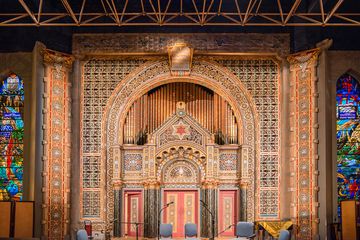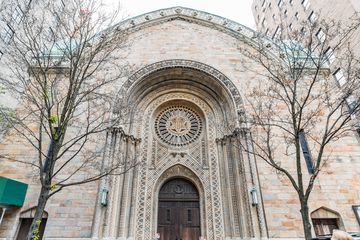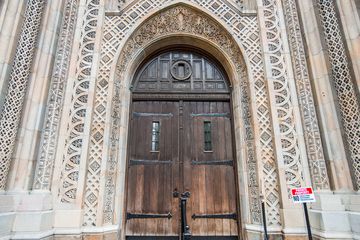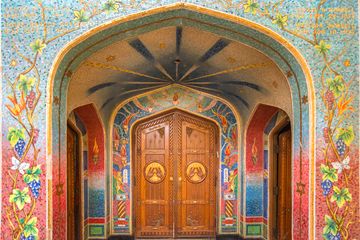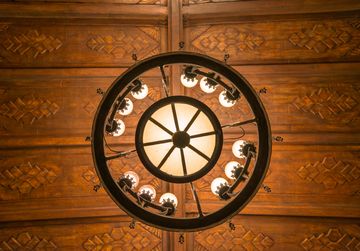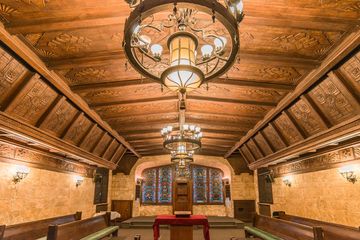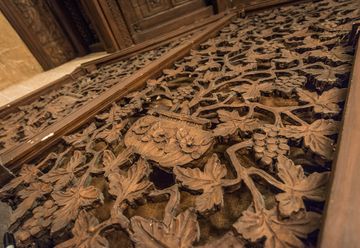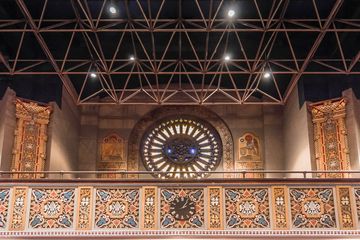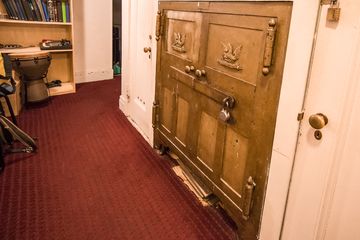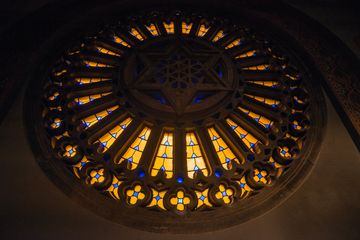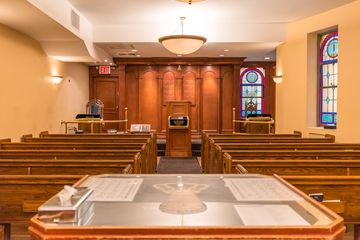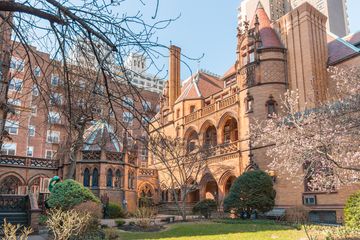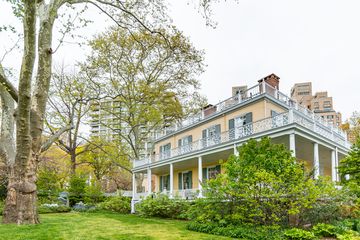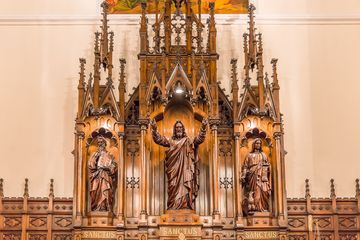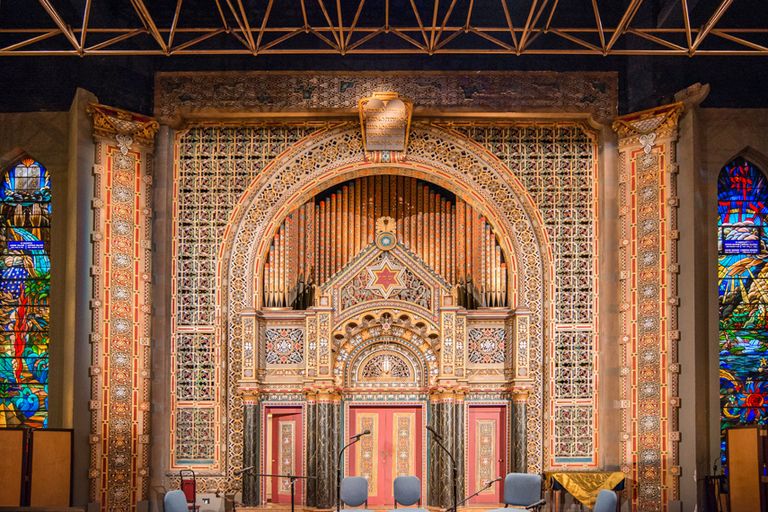
B’nai Jeshurun is the second oldest congregation in New York City, after Shearith Israel. I spoke to the current rabbi, Jose Rolando “Roly” Matalon, who shared his knowledge of the origin of synagogues in Manhattan. In 1654, Shearith Israel (also known as the Spanish Portuguese synagogue) was formed by a contingency of European Jews, many from Amsterdam, who had been expelled from Spain and Portugal. As more immigrants began arriving to Manhattan’s shores, a large group of Ashkenazi Jews - who were worshipping at the Spanish Portuguese Synagogue - decided to create their own synagogue. They formed B’nai Jeshurun and began meeting on Pearl Street on the Lower East Side in 1825. Over the years, the congregation steadily moved north until they settled in their current location in 1918.
Throughout the twentieth century, B’nai Jeshurun became known for its devotion to social justice and activism. A long line of famous names spoke at the synagogue, including Eleanor Roosevelt and Martin Luther King. The synagogue’s political activism, however, sprung into high gear around the turn of this century. Rabbi Roly spoke of Rabbi Marshall Meyer, his teacher and the orchestrator of a substantial turning point in the synagogue’s history. Meyer was an American rabbi who was a “defender of human rights in Argentina” for twenty-five years while he resided there. By the 1970s, B’nai Jeshurun was in a state of bankruptcy. The congregation reached out to Meyer to lead their revival in 1985. Rabbi Roly followed his teacher to New York shortly afterwards. As he describes it, under the tutelage of Meyer, the synagogue began to “address social issues very aggressively.” They opened a center for the homeless and a food kitchen. B’nai Jeshurun was also one of the first synagogues to feature music during services. In Rabbi Roly’s words, “the synagogue was doing things that resonated with people,” and so there was a large increase in membership in the 1990s.
Unfortunately, the 1990s also brought a setback: in 1991, the ceiling of the sanctuary collapsed. B’nai Jeshurun was already in talks with the Church of St. Paul and St. Andrew about how they could work on social justice programs together. The church offered their facilities to the congregation while the ceiling was rebuilt. “They were incredibly generous and kind,” Rabbi Roly told me. The church and the synagogue still have a close friendship.
In 2010, the synagogue requisitioned the back of the sanctuary’s building, which had been sold to the Abraham Joshua Heschel School in 1984. The building has been used to accommodate the congregation of over 1600 families. Rabbi Roly is proud to lead “a community that is devoted and engaged.” He describes the congregants as “people who step forward and embrace their spiritual journey readily.” Throughout the synagogue's history, its occupants have “always been ready for the next challenge.” And to those who are not yet part of the synagogue’s family, he says, “We are always open and ready to welcome and embrace people who want to join our journey and explore community with us.”
